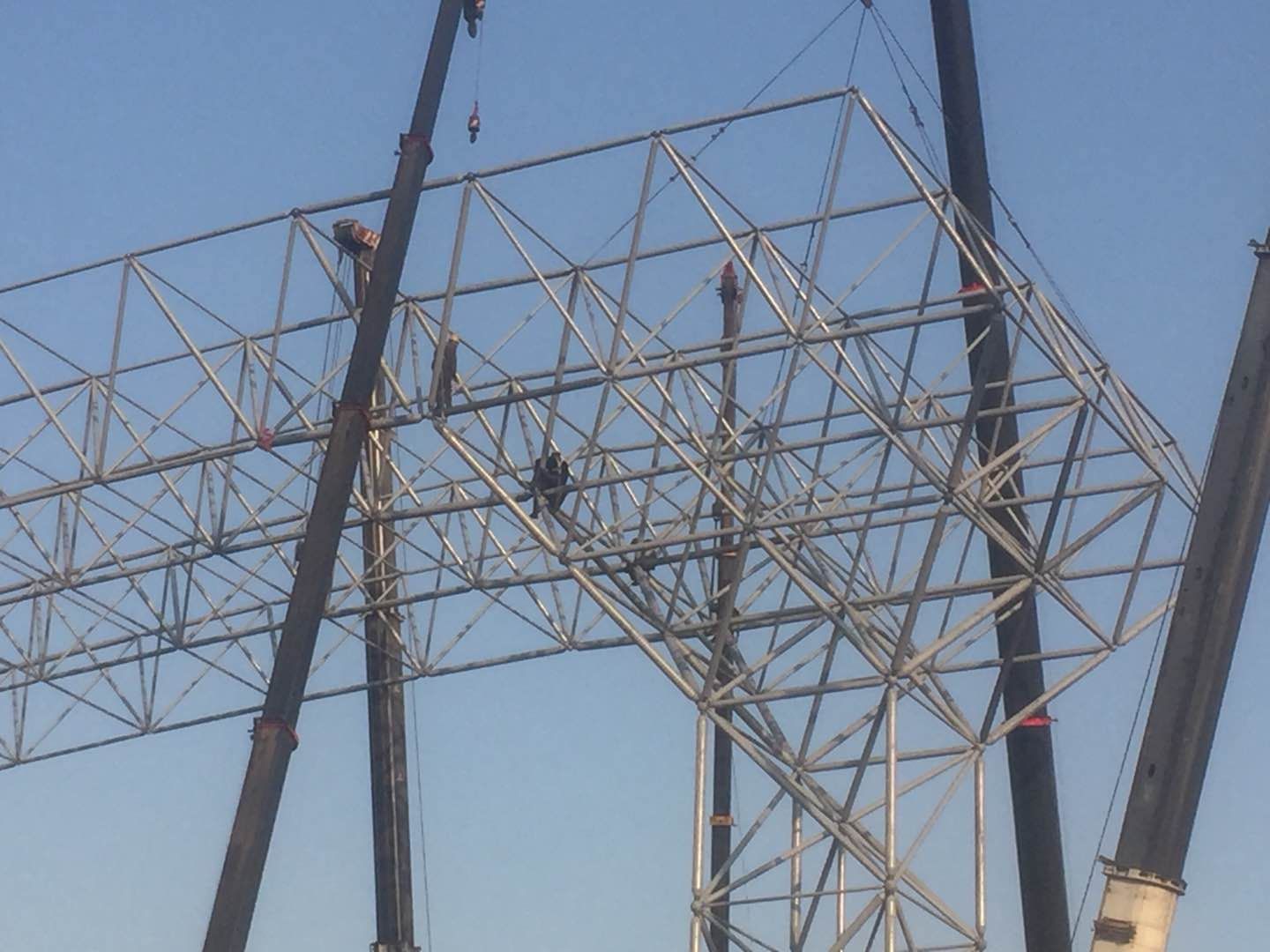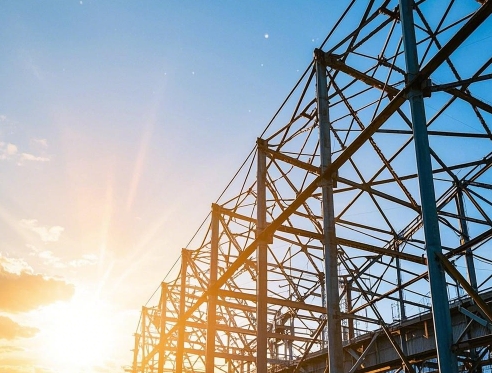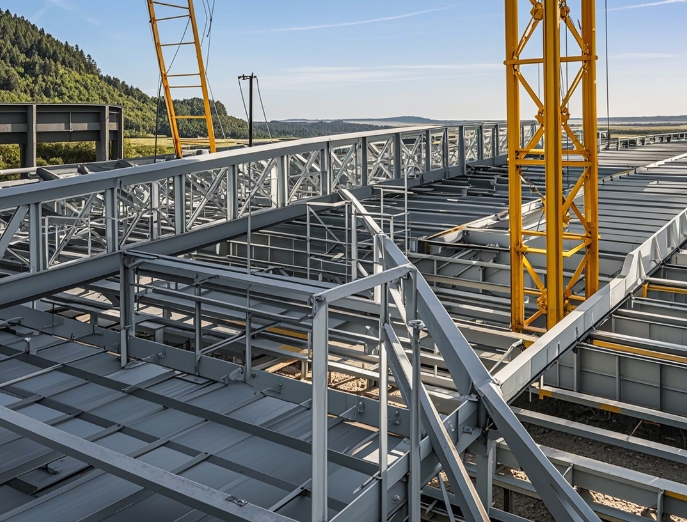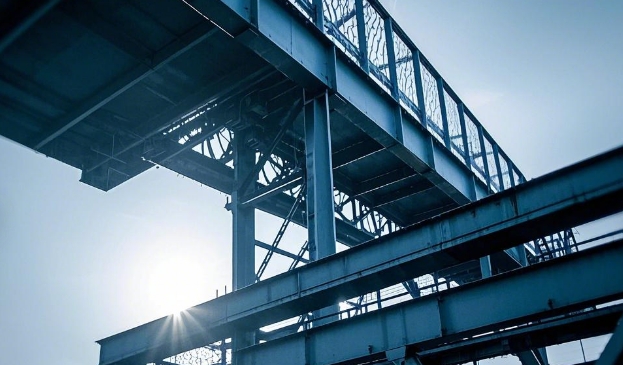Analysis on the strength and stability of grid steel structure
更新时间:2021-02-08 09:47:40•点击:86588 • Grid Knowledge

The strength of the grid steel structure refers to whether the maximum stress (or internal force) caused by the load in a stable equilibrium state of the structure or a single component exceeds the ultimate strength of the building material, so it is a stress problem. The value of ultimate strength depends on the characteristics of the material. For brittle materials such as concrete, its maximum strength can be used, and for steel, its yield point is often used.
The stability problem is different from the strength problem. It is mainly to find the unstable equilibrium state between the external load and the internal resistance of the structure, that is, the state where the deformation begins to increase rapidly, so as to try to avoid entering this state. Therefore, it is a deformation problem. For example, due to instability and lateral deflection, a large amount of bending moment is added to the column, so the column's failure load can be much lower than its axial compression strength. Obviously, the axial compressive strength is not the main reason for column failure.
Classification of instability of grid steel structure
(1) The first type of stability problem or stability problem with equilibrium bifurcation (also called branch point instability). The perfect buckling of the straight rod when the shaft is compressed and the perfect buckling of the flat plate when the middle surface is compressed belong to this category.
(2) The second type of stability problem or stability problem without equilibrium bifurcation (also called extreme point instability). The eccentric compression member made of construction steel loses its ability to stabilize when the plasticity develops to a certain degree, and belongs to this category.
(3) Jumping instability is different from the above two types. It has neither equilibrium bifurcation points nor extreme points. It jumps to another stable equilibrium state after losing stable equilibrium.
It is very important to distinguish the nature of the instability types of steel structures, so that it is possible to correctly estimate the stable bearing capacity of the structure. With the gradual deepening of research on stability issues, the above classification seems to be insufficient. Components designed for axial compression, in fact, there is always a little initial bending, and the point of load is inevitably eccentric. Therefore, if we want to truly grasp the performance of this component, we must understand the impact of defects on it. Other components also have a problem of defect impact. On the other hand is the in-depth study of the behavior of components after buckling.
Recommended Reading
-
Full analysis of seismic design and maintenance of grid structure
2025-02-27 16:16:52•1259411 次
-
What are the key process points to follow in order to ensure the quality of grid processing?
2025-02-27 11:21:00•151820 次
-
What type of construction is the grid mainly suitable for?
2025-02-25 16:42:00•148443 次
-
Quality control requirements of grid manufacturers!
2025-02-25 16:02:44•283668 次






